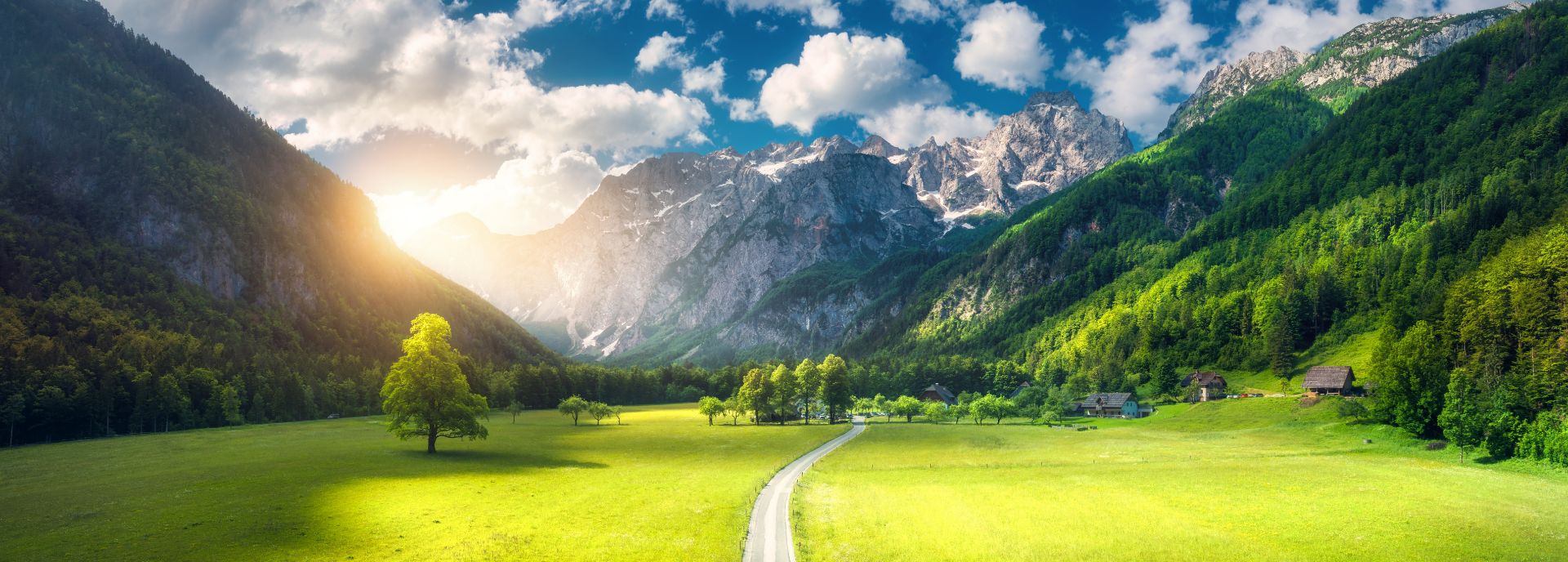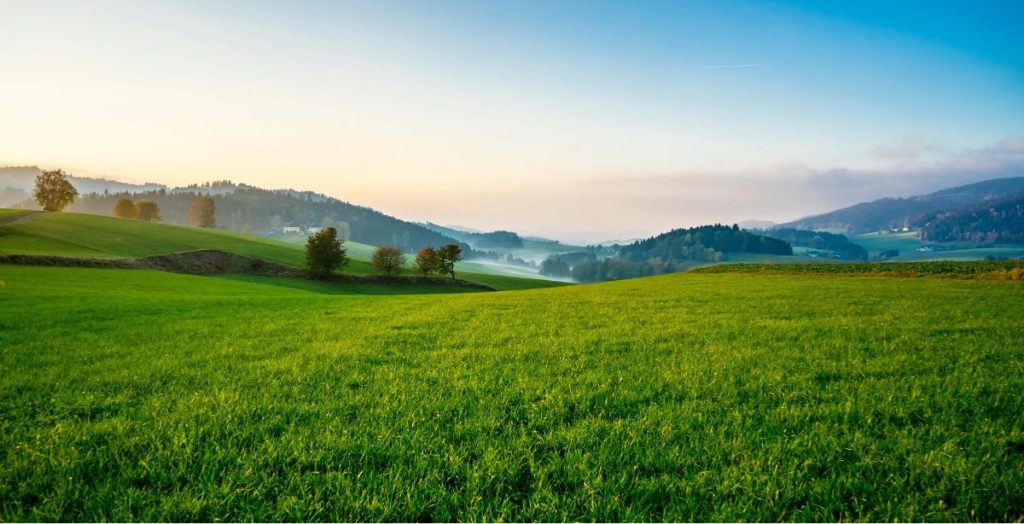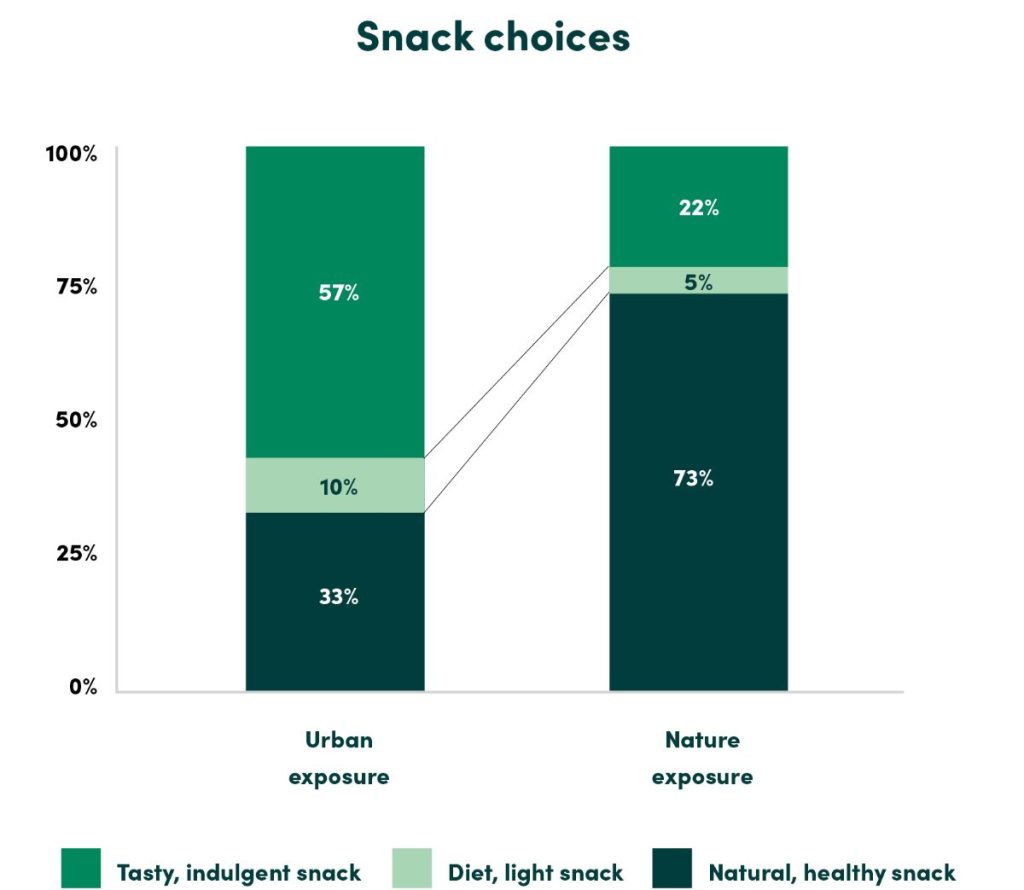
TAKEAWAYS
An image of a verdant forest glade or a tranquil pasture. Natural scenes typically conjure up positive emotions and a sense of wellbeing for most individuals, but could they also influence them to make healthier food choices? The answer, according to our article, just published in Nature’s new journal Communications Psychology, is “yes”.
Our studies, which exposed people to natural or urban environments before asking them to make snack or lunch choices, found that those who were asked to take a walk in a park or were exposed to natural scenes picked the healthier options from a menu. Meanwhile, those who took a walk in a city street, or were shown views of city skylines, or even simply closed curtains, were much less inclined to opt for healthy dishes or snacks.
A growing body of research is looking at the connections between health and nature. From the mental and physical boost derived from forest bathing to patients in hospital rooms with a view over green spaces recovering faster from surgery, many studies now highlight the positive health benefits of exposure to nature.
While these benefits have been well documented in many arenas, the effects on food choice have remained largely unknown. Our research bridges this gap by investigating how exposure to nature influences food consumption decisions. Could this hold the answer as to why people living closer to nature tend to be healthier?
The idea for this research emerged after one of us (Maria) noticed how she and her teammates taking part in a 7,200-kilometre charity bike ride gravitated towards healthier, unprocessed foods while in natural environments. Maria then turned this observation into a series of rigorous field and online studies she incorporated into her dissertation for her PhD in marketing at INSEAD.
The first step in the research was to send participants off for a 20-minute walk. Half of the participants were randomly assigned to take a stroll through the Parc Montsouris in Paris, while the other half took a comparable stroll through adjacent city streets. At the end of the walk, the participants were then invited to sample a snack buffet featuring a range of healthy and less healthy foods.
Regardless of the route they took, people ate about the same number of servings. However, those who took the walk through the park chose healthier food as compared to those who had taken the urban walk. In fact, healthier choices accounted for 70% of the servings among the park walkers compared to 39% for those who walked in the urban setting.
To study this phenomenon further, we conducted a series of more controlled experiments where we placed people in a “hotel room” with a specific window view. For some, the view was of a green pasture, while others overlooked a city skyline. As a control, some studies also included an option where the view was obscured by closed curtains.
Participants were then asked to choose from an in-room service menu featuring a list of healthy and unhealthy snacks. As with the previous experiment, we found that those who had a view of the park opted for the healthier options. Interestingly, those who had an urban view or just the closed curtains both made less healthy choices.


These results suggest that it was not the urban view that led to unhealthy food choices but rather that nature influenced people to eat healthier. The exact reasons for this merit further research, though it appears that the vividness and level of greenery in the setting could play a part. For example, when we showed participants a view of a snow-covered park or city, there was no discernible difference in the food choices made by the different groups.
To examine whether nature exposure increases preferences for truly healthy, nutritious and natural foods, one study included the option to choose between three types of snacks: diet, light snacks; healthy, natural snacks; or indulgent, tasty snacks. As the results below demonstrate, exposure to natural scenes decreased preferences for diet, light snacks, while significantly shifting preferences from tasty, indulgent foods to healthy, natural snacks. This study used the two photos taken by Leonhard Neiderwimmer shown above, while a total of 10 different photos of natural and urban scenes were used across the studies.

Overall, these findings offer up some interesting takeaways for organisations and food marketers looking to promote healthier eating habits. Placing posters of leafy woodlands or tropical rainforests in school cafeterias or company canteens could be a simple and inexpensive means to nudge students and employees towards the salad bar and away from the junk food.
It could also help guide food marketers when developing the branding for new products that they want to promote as healthy or natural. Avoiding urban settings in favour of natural ones on packaging and other communication would be a simple way to nudge consumers towards selecting their products.
What’s more, with 68% of the world’s population expected to live in urban areas by 2050, this research offers a cautionary tale to urban planners. With obesity already a major strain on healthcare services around the world, this research serves as a further reminder of the profound benefits of incorporating natural spaces into the cities of the future.
Pierre Chandon is the L’Oréal Chaired Professor of Marketing – Innovation and Creativity, INSEAD, and Director, INSEAD-Sorbonne Université Behavioural Lab. Maria Langlois is Assistant Professor in Marketing, Cox School of Business, Southern Methodist University, USA.
This article is republished courtesy of INSEAD Knowledge, the portal to the latest business insights and views of The Business School for the World. Copyright INSEAD 2024.